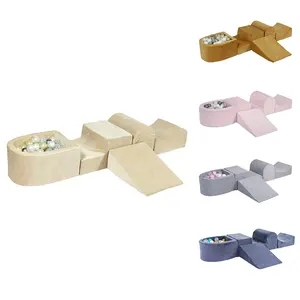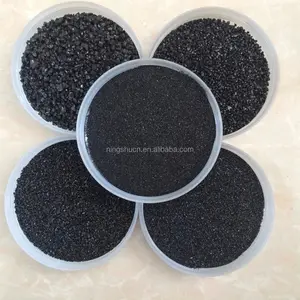About products and suppliers
silika bermain bebas pasir bukanlah barang baru bagi orang awam saat ini dan tidak lagi dianggap tabu untuk digunakan. Jika Anda mencari kesenangan kedua dari belakang, Anda harus memeriksa besarnya. Koleksi silika bermain bebas pasir di Alibaba.com. Ini menggairahkan dan melengkung. silika bermain bebas pasir bernilai setiap sennya dan pasti akan membuat malam itu spesial untuk Anda. Boneka ini memiliki penampilan yang nyata mulai dari rambut hingga jari kaki dalam segala hal.
Apakah Anda orang yang kesepian mencari pasangan hidup atau pasangan yang ingin membumbui hidup mereka, Anda dapat menggunakan ini . silika bermain bebas pasir untuk menyalakan api itu. Ini spektakuler. silika bermain bebas pasir dapat diubahsuaikan sesuai dengan harapan Anda. Ini luar biasa. silika bermain bebas pasir tersedia dalam versi pria dan wanita dan terbuat dari silikon kelas obat untuk penggunaan yang aman. Dapatkan sekarang dan nikmati malam yang penuh gairah dan api.
Alibaba.com menawarkan hal menakjubkan ini. silika bermain bebas pasir dalam semua bentuk tubuh, ukuran, dan etnis. Apapun kebutuhan Anda untuk file. silika bermain bebas pasir, Anda bisa mendapatkan semuanya di situs. Ini. silika bermain bebas pasir dibentuk menjadi bentuk oleh pengrajin terbaik dan setiap detail yang rumit diperiksa dengan saksama. Boneka-boneka ini memiliki mata, rambut, kuku, dan semua bagian tubuh lain yang mirip dengan manusia di kehidupan nyata.
Alibaba.com menawarkan spektrum yang luas. silika bermain bebas pasir yang dapat membantu Anda membeli produk yang sesuai dengan anggaran Anda dan persyaratan lainnya. Produk ini aman digunakan, bersertifikat dan ramah lingkungan. Pesanan OEM tersedia pada produk ini.

































 浙公网安备 33010002000092号
浙公网安备 33010002000092号 浙B2-20120091-4
浙B2-20120091-4